Letterman’s Needlegrass Info: Learn How To Grow Letterman’s Needlegrass
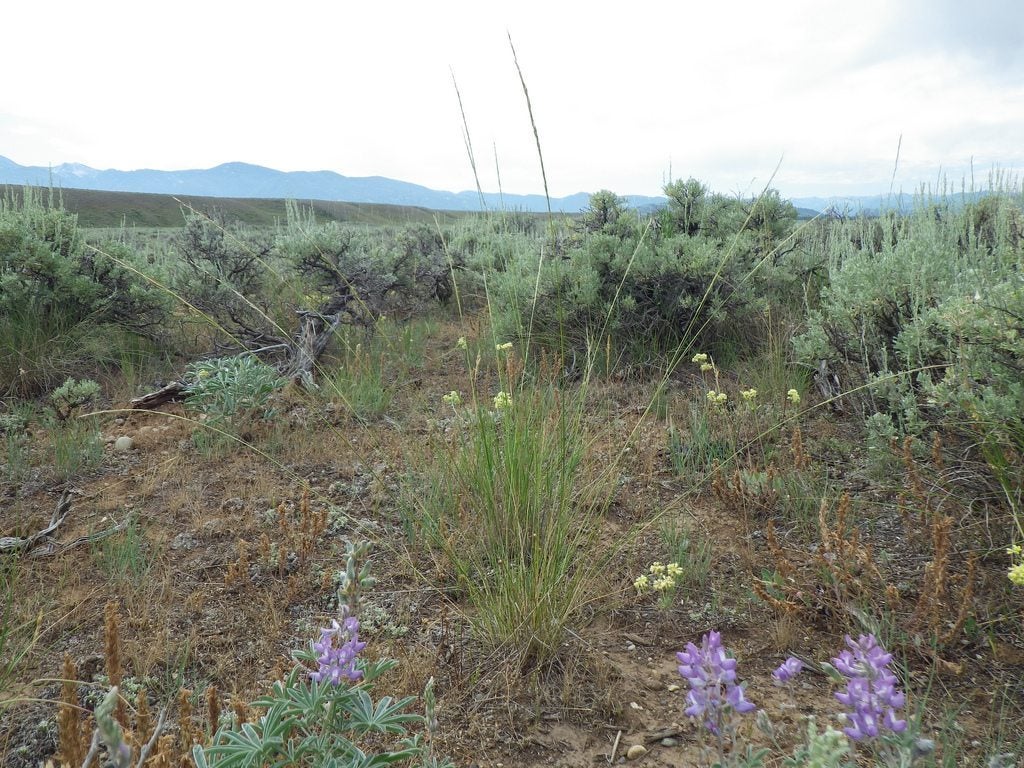

What is Letterman’s needlegrass? This attractive, perennial bunchgrass is native to the rocky ridges, dry slopes, grasslands, and meadows of the western United States. While it remains green for much of the year, Letterman’s needlegrass becomes more coarse and wiry (but still attractive) during the summer months. Loose, pale green seedheads appear from late summer to early autumn. Read on to learn about growing Letterman’s needlegrass.
Letterman’s Needlegrass Info
Letterman’s needlegrass (Stipa lettermanii) has a fibrous root system with long roots extending into soil to depth of 2 to 6 feet (0.5-2 m.) or more. The plant’s sturdy roots and its ability to tolerate nearly any soil make Letterman’s needlegrass an excellent choice for erosion control. This cool season grass is a valuable source of nutrition for wildlife and domestic livestock, but isn’t usually grazed later in the season when the grass becomes sharp-tipped and wiry. It also provides protective shelter for birds and small mammals.
How to Grow Letterman’s Needlegrass
In its natural environment, Letterman’s needlegrass grows in nearly any type of dry soil, including sand, clay, seriously eroded soil and, conversely, in very fertile soil. Choose a sunny spot for this hardy native plant. Letterman’s needlegrass is easy to propagate by dividing mature plants in spring. Otherwise, plant Letterman’s needlegrass seeds in bare, weed-free soil in early spring or fall. If you choose, you can start seeds indoors about eight weeks before the last frost in spring.
Letterman’s Needlegrass Care
Water Letterman’s needlegrass regularly until the roots are well established, but be careful not to overwater. Established needlegrass is relatively drought tolerant. Protect the grass from grazing as much as possible for the first two or three years. Mow the grass or cut it back in spring. Remove weeds from the area. Letterman’s needlegrass can’t always complete with invasive nonnative grass or aggressive broadleaf weeds. Also, keep in mind that Letterman’s needlegrass isn’t fire resistant should you live in a region prone to wildfires.
Gardening tips, videos, info and more delivered right to your inbox!
Sign up for the Gardening Know How newsletter today and receive a free copy of our e-book "How to Grow Delicious Tomatoes".

A Credentialed Garden Writer, Mary H. Dyer was with Gardening Know How in the very beginning, publishing articles as early as 2007.
-
 Looking For Plants To Give You The Soft And Fuzzies? Try These 5 Fuzzy Leaf Plant Options
Looking For Plants To Give You The Soft And Fuzzies? Try These 5 Fuzzy Leaf Plant OptionsLovers of texture, drama, silver foliage and tactile plants will adore these special sensory garden additions. These fuzzy leaf plant options will leave you all aglow
By Susan Albert
-
 Get Ready For A Summer Of Hummers! Grow These Full Sun Hummingbird Plants and Flowers
Get Ready For A Summer Of Hummers! Grow These Full Sun Hummingbird Plants and FlowersIf you’re lucky enough to enjoy a sunny backyard, make sure you are maxing out on your pollinator opportunities and grow these full sun hummingbird plants and flowers
By Tonya Barnett
-
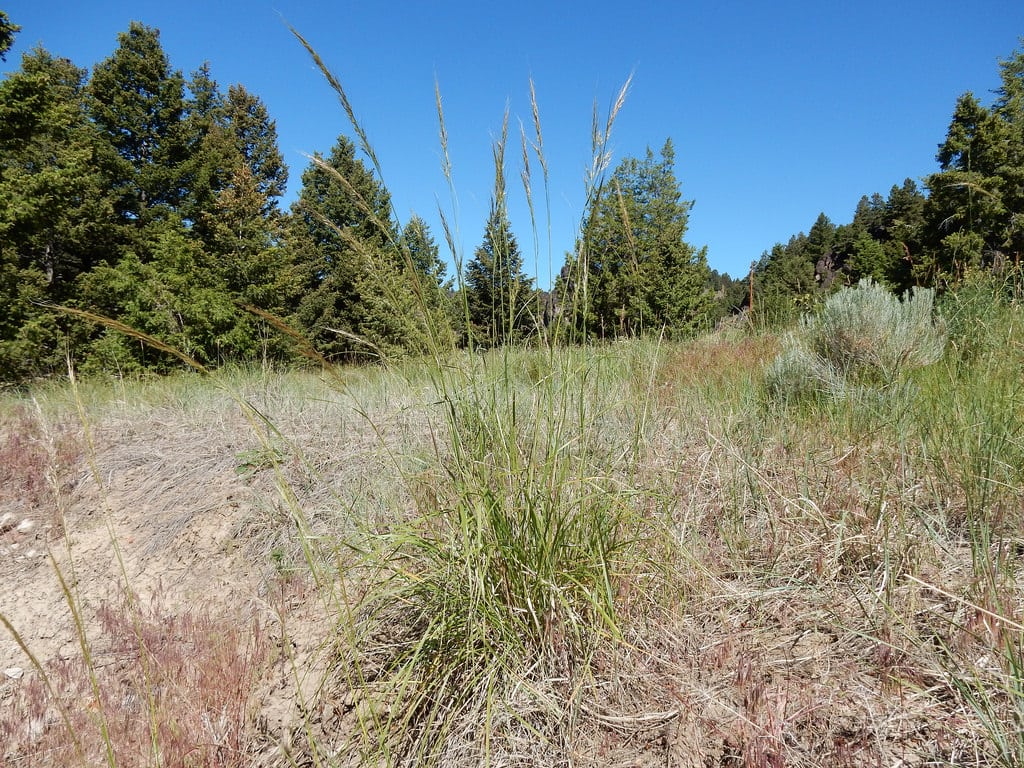 Green Needlegrass Information: How To Grow Green Needlegrass Plants
Green Needlegrass Information: How To Grow Green Needlegrass PlantsGreen needlegrass is a cool-season grass that is native to the prairies of North America. It can be used both commercially in hay production, and ornamentally in lawns and gardens. Click on this article to learn more about how to grow green needlegrass.
By Liz Baessler
-
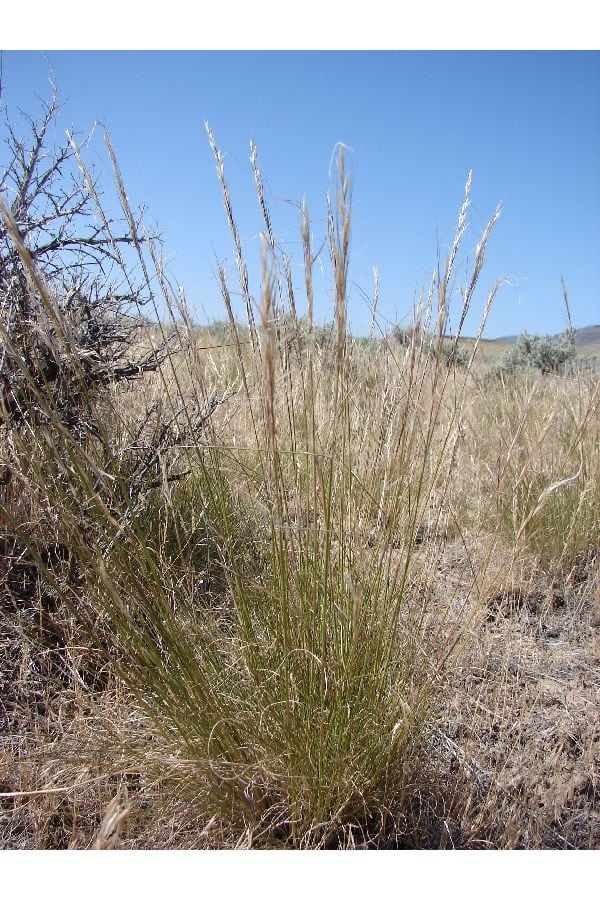 Thurber’s Needlegrass Information – Learn How To Grow Thurber’s Needlegrass
Thurber’s Needlegrass Information – Learn How To Grow Thurber’s NeedlegrassIf grass had superheroes, Thurber's needlegrass plants would be one of them. These natives do so much and ask for so little in return that it's a wonder they aren't better known. Click this article for more Thurber's needlegrass information.
By Teo Spengler
-
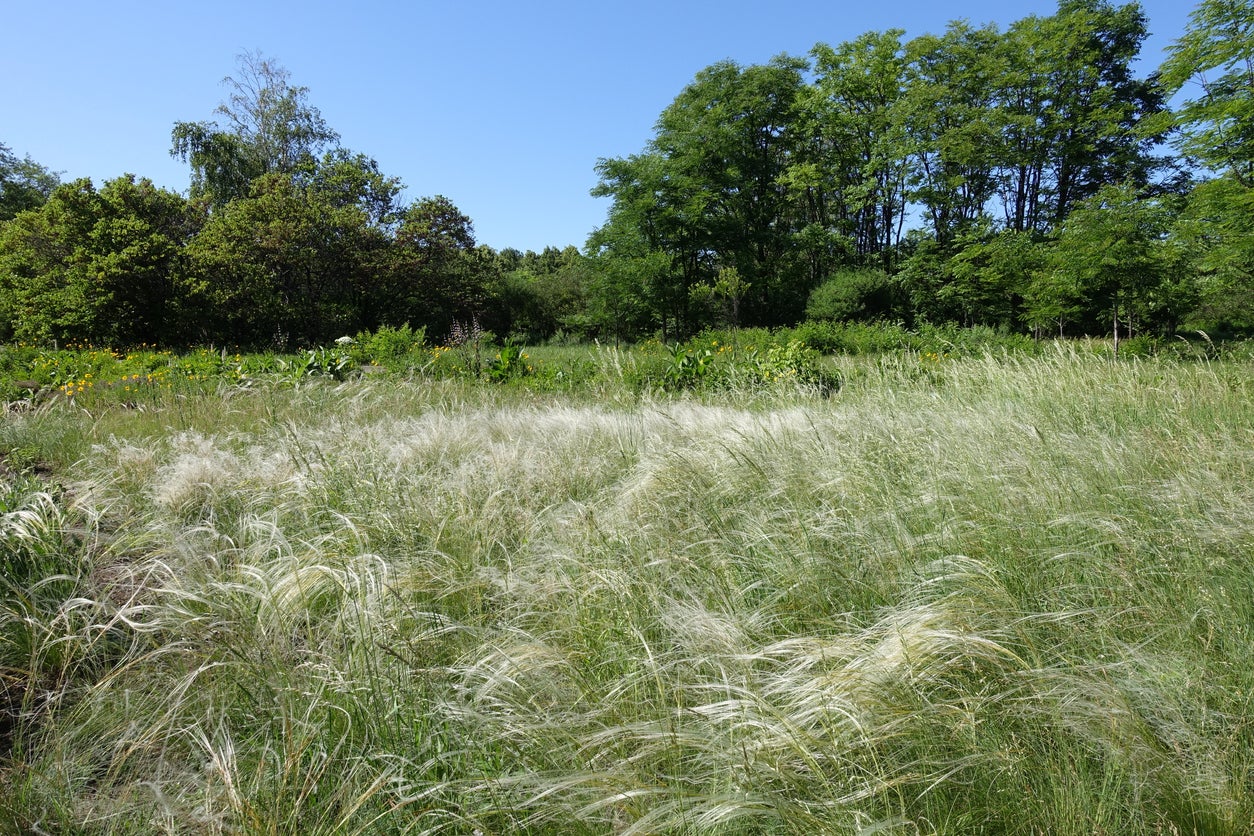 What Is Texas Needlegrass – Learn About Texas Needlegrass Info And Care
What Is Texas Needlegrass – Learn About Texas Needlegrass Info And CareTexas needlegrass is a perennial of grasslands and prairies in Texas, and nearby states as well as northern Mexico. It provides good forage for livestock but it can also be used in landscaping for visual interest or to create a natural prairie in your yard. Learn more here.
By Mary Ellen Ellis
-
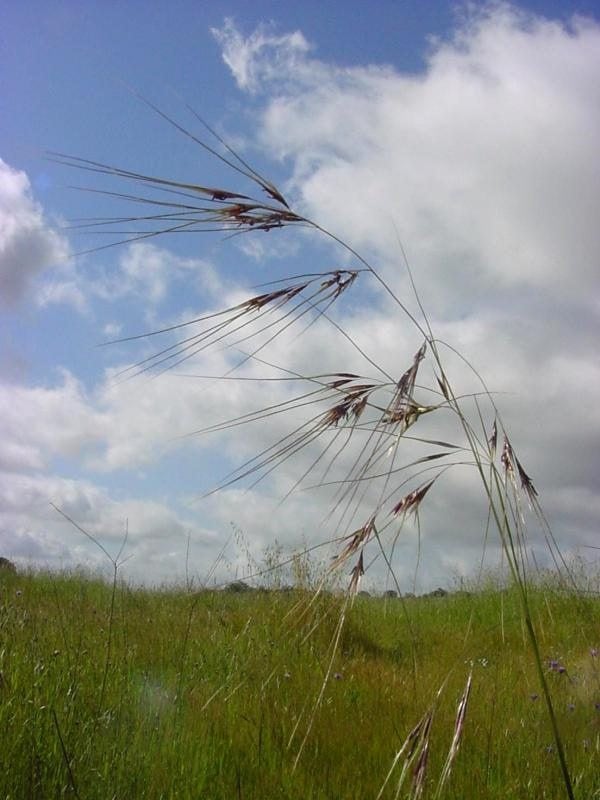 How To Grow Purple Needlegrass: A Guide To Purple Needlegrass Care
How To Grow Purple Needlegrass: A Guide To Purple Needlegrass CareCalifornia named purple needlegrass as their state grass because of its important history. What is purple needlegrass? Click this article for more purple needlegrass info, as well as tips on how to grow purple needlegrass.
By Darcy Larum
-
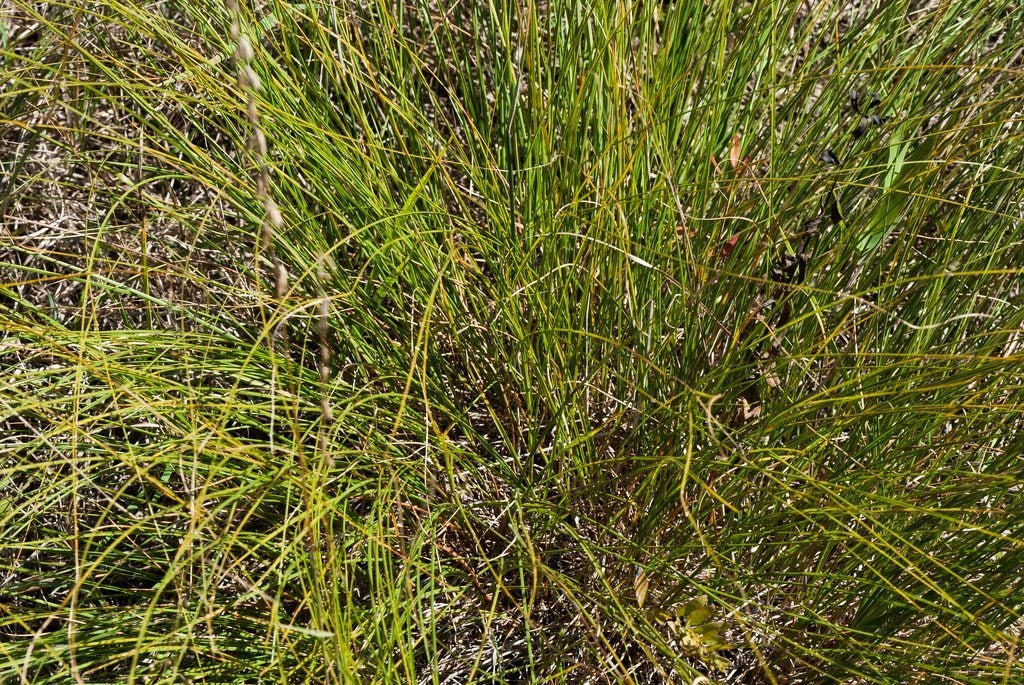 Different Kinds Of Needlegrass: Tips For Growing Needlegrass Plants
Different Kinds Of Needlegrass: Tips For Growing Needlegrass PlantsGrowing needlegrass plants in the garden helps reduce maintenance, since they are self-caring once established. There are several kinds of needlegrass. See which one is right for your garden needs in this article. Click here for additional information.
By Bonnie L. Grant